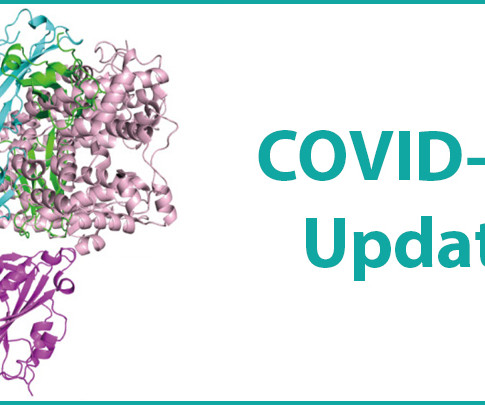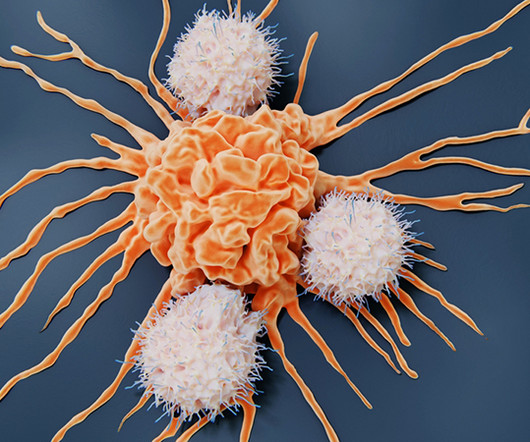Finding New Ways to Fight Coronavirus … From Studying Bats
NIH Director's Blog: Drug Development
MARCH 18, 2021
Now, Veesler and his lab are turning to another mammal in their search for new leads for the next generation of antiviral treatments, including ones aimed at the coronavirus that causes COVID-19, SARS-CoV-2. More importantly for Veesler’s research, bats host a wide range of viruses—more than any other mammal species. 2021 Jan 14.















Let's personalize your content